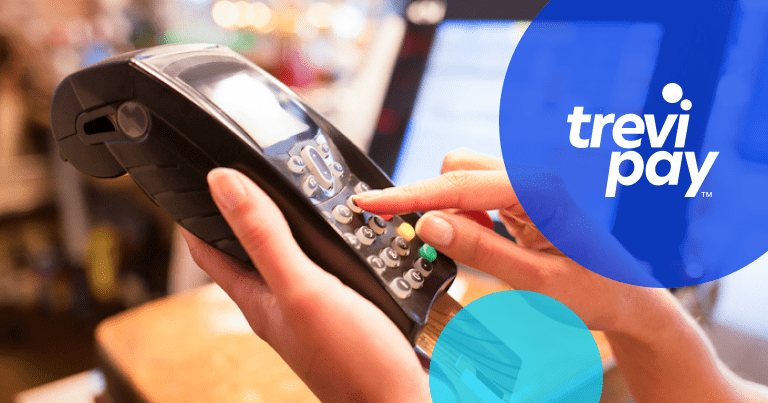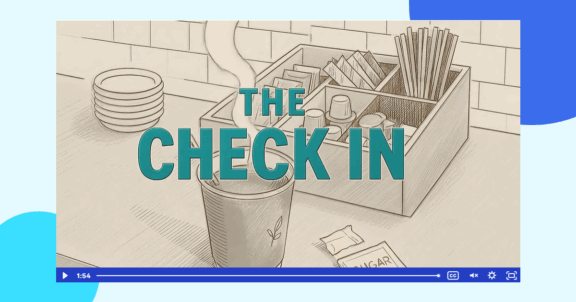While retail e-commerce exploded over the last two years, most retailers’ resources and attention have been on improving the customer buying journey for the B2C buyer. With consumers expecting to checkout with the ease of a one-click, Amazon-like payment, it’s no wonder retailers went all-in on improving that experience – all with the intent to beat the competition and grab the sale. However, with changes in buying habits during the pandemic, many large retailers also have a sizeable opportunity to add or expand a B2B e-commerce business. When purchasing moved to online, there wasn’t a B2B e-commerce experience that was unique and tailored for that buyer – and this has created a significant gap.
It’s not unusual to find B2B buyers purchasing products and services from B2C retailers, but B2B buyers have a different set of expectations when making repeat purchases, which can prove challenging for B2C merchants to execute on e-commerce. For example, B2B buyers prefer to pay by invoice, not with commercial credit or debit cards. The challenge for B2C companies is that accounts receivable, back-end operations aren’t set up to support invoicing and payment on terms. If retailers can’t support the processes and methods of payment preferred by B2B buyers, they run the risk of losing the opportunity to serve this audience. And that’s a risky loss: the B2B e-commerce market was valued at $7.35 Trillion in 2020 and is predicted to create revenue of roughly $18.57 Trillion by the end of 2026, with a CAGR of roughly 19% between last year and 2026.1
Retailers have a few key considerations to make to build an e-commerce experience that will attract and retain B2B buyers:
- Buy Now, Pay Later for Businesses: Payment terms, or trade credit, have always been a mainstay in B2B sales. In fact, 82% of B2B buyers would choose a vendor over others if that vendor offered invoicing at checkout with 30-, 60- or 90-day payment terms. Retailers stand to miss an opportunity with B2B buyers if they don’t provide B2B buyers an alternative payment option. For example, paying by invoice online. By making this “BNPL for business” option efficient and convenient online, retailers will encourage increased spending and loyalty – B2B buyers spend more, more frequently when they have a dedicated financial relationship with a business.
- The Buy-Button Experience: Retailers must address the revolutionary changes to customer expectations brought on by both a new digital generation and the permanent shifts from COVID. B2B buyers now expect their purchases to be transacted with the ease and convenience of an Uber transaction. This can be difficult because B2B payments are far more complex than B2C payments, which tend to be performed by a single stakeholder (a consumer) using a single payment method (a credit card). Any given B2B transaction may involve multiple stakeholders (the purchaser, the budget owner, the procurement group, the accounts payable team and others) and numerous different payment options (net terms, purchasing cards, and credit cards, among others). Each of those B2B purchasing stakeholders has unique needs and preferences that must be met, and each payment option comes with a unique set of procedural and technological integrations to be managed. Smart embedded payments solutions can help retailers to solve this friction on e-commerce and mask the significant amount of transactional plumbing that must be installed and orchestrated behind the scenes.
- Consider the risks: Once retailers know how to attract B2B buyers online, they must also take concerted steps to protect their businesses from the inherent risks that exist. As more customers are acquired online and as globalization accelerates, there is a growing risk of business identity theft and other forms of digital fraud. Sophisticated fraud detection capabilities and risk decisioning is key.
Read the full article, originally posted on Retail Dive.





